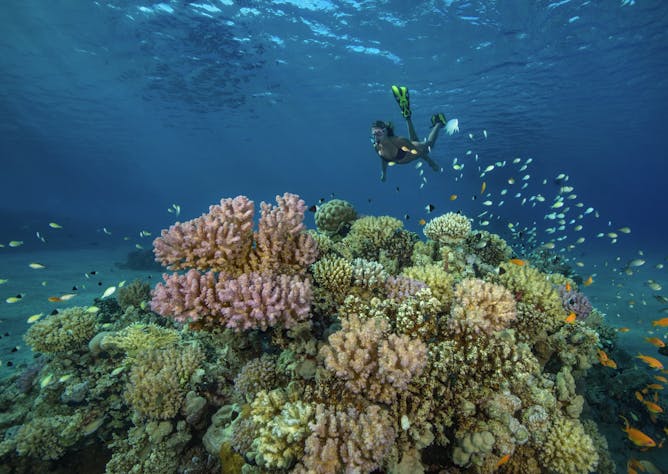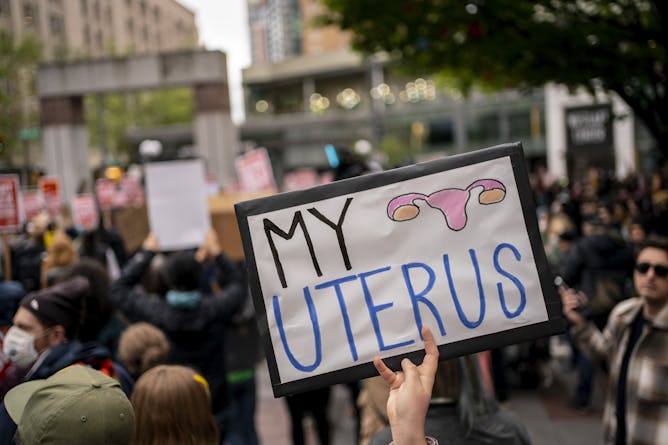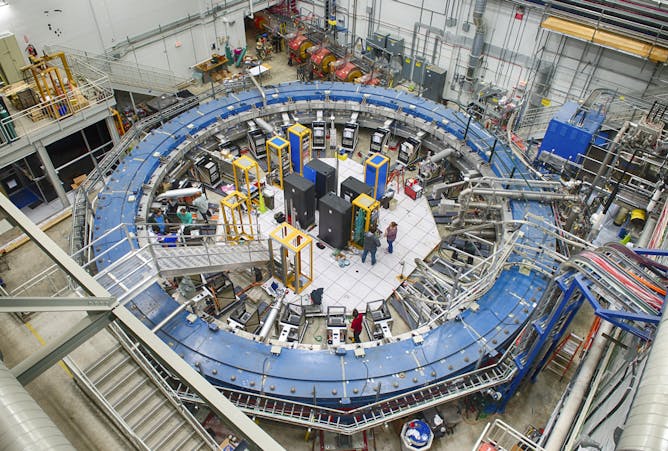|
In the last few years, scientists have found evidence that a chemical in sunscreen can harm coral reefs. It is common to find “reef-safe” sunscreens in stores that are made without the coral-harming chemical, oxybenzone.
Despite governments banning sunscreens containing oxybenzone – which normally protects cells from harmful ultraviolet light – nobody actually knew the biology of how or why it was killing corals. Djordje Vuckovic and Bill Mitch are civil and environmental engineers who study chemical pollutants. They asked an obvious but important question: If nobody knows exactly why normal sunscreens are harming reefs, how could anyone know “reef-safe” sunscreens are actually safe for reefs?
Working with a team of biologists, they designed a clever experiment to understand how oxybenzone harms corals. Using sea anemones, acrylic UV sunglasses and a lot of chemical analysis, they found that a common cellular process actually converts oxybenzone into a sunlight-activated toxin that can kill corals and anemones.
The news that the United States may remove the constitutional right to an abortion prompted a global reaction. Sara E Casey looks at what the impact would be for countries in Africa.
|

Djordje Vuckovic, Stanford University; Bill Mitch, Stanford University
Researchers have long suspected that an ingredient in sunscreen called oxybenzone was harming corals, but no one knew how. A new study shows how corals turn oxybenzone into a sunlight-activated toxin.
|

Boniface Ushie, African Population and Health Research Center; Kenneth Juma, African Population and Health Research Center
For countries that look to the US for guidance and for funding, the consequences will go beyond abortion.
|
|
|
-
Rachel Thrasher, Boston University; Blake Alexander Simmons, Colorado State University; Kyla Tienhaara, Queen's University, Ontario
A new study adds up the potential legal and financial risk countries could face from hundreds of agreements, like those under the Energy Charter Treaty.
-
Gemma Ware, The Conversation; Daniel Merino, The Conversation
In this episode of The Conversation Weekly podcast, we also explore the reasons by India’s neutrality over the Ukraine war.
-
Boniface Ushie, African Population and Health Research Center; Kenneth Juma, African Population and Health Research Center
For countries that look to the US for guidance and for funding, the consequences will go beyond abortion.
-
Matthew Siegfried, Colorado School of Mines; Chloe Gustafson, University of California San Diego
Liquid water below the ice determines how fast an ice stream flows. As the ice sheet gets thinner, more of that salty groundwater could rise.
-
Roberta Garrett, University of East London; David Lashbrook, University of East London
Contemporary fiction on screen increasingly tells the stories of abusive men in a realistic way. This documentary does not.
|
|

Roger Jones, Lancaster University
A series of thrilling research means physicists may have to start inventing brand new physics.
|